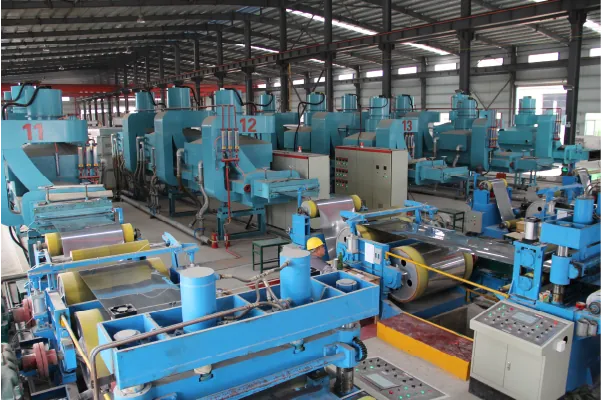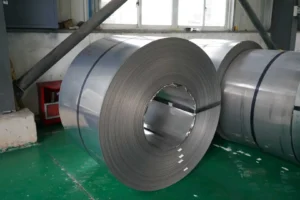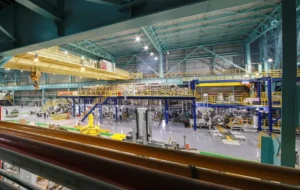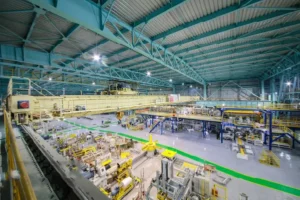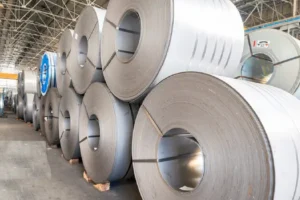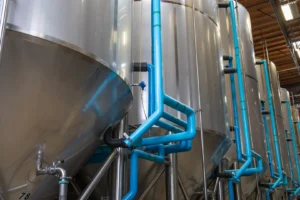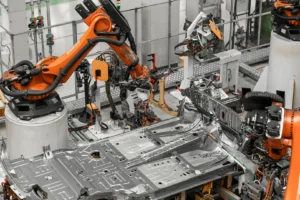How to Partner with International Traders for Global Expansion
Expanding globally is complex and fraught with risk. Missteps can be costly, stalling growth. The right international trade partner simplifies entry, mitigates risk, and accelerates your access to new markets.
Partnering with international traders for global expansion involves leveraging their existing networks, local market knowledge, and logistics expertise. This strategic alliance allows you to mitigate entry risks, navigate complex regulations, and accelerate your access to new customer bases worldwide.
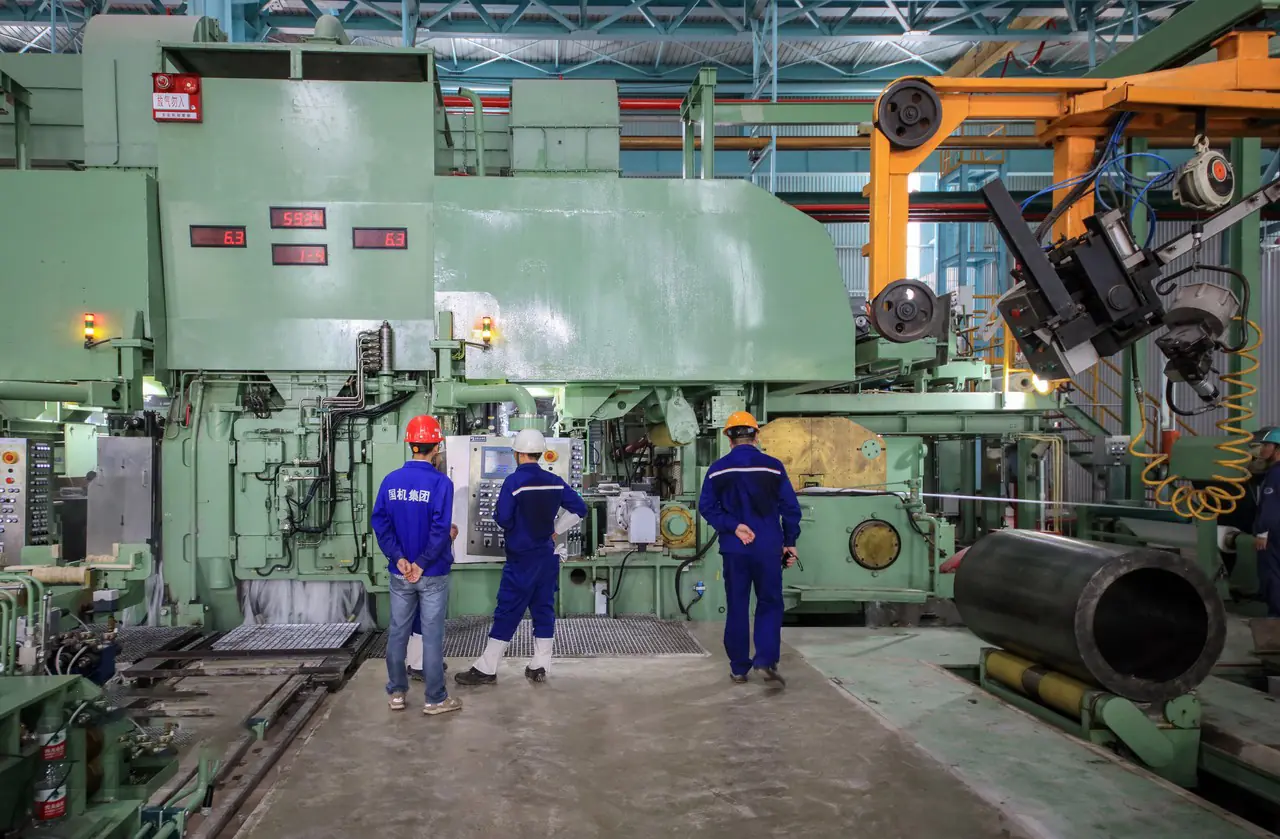
As the Global Business Director at MFY, I've seen firsthand how these partnerships can make or break a company's international ambitions. It's not just about finding a distributor; it's about building a symbiotic relationship that drives mutual growth. Let's explore how you can build these crucial relationships to unlock your company's global potential.
Why is Understanding the Global Trade Landscape Crucial for Effective Partnerships?
Entering a new market blind is a recipe for failure. You face unfamiliar regulations and cultural nuances. Understanding the landscape first helps you choose a partner who can navigate these complexities effectively.
Understanding the global trade landscape is crucial because it allows you to identify regions with genuine demand, recognize potential regulatory hurdles, and select a trading partner whose local expertise and network align perfectly with your strategic expansion goals.
 Warehouse showcasing MFY's stainless steel coils ready for export with vibrant lighting.](https://mfysteel.com/wp-content/uploads/2025/08/high-quality-stainless-steel-coils-1.webp)
At MFY, we don't just look at a map and pick a country. We dive deep into the specifics of each region. This initial research is the foundation of any successful partnership. It's about knowing the terrain before you commit your forces. For example, our strategic focus on expanding into Southeast Asia and the Middle East wasn't a random choice. It was driven by a detailed analysis of industrial growth, infrastructure spending, and local demand for high-quality stainless steel. This homework is non-negotiable. It allows us to have intelligent conversations with potential partners, asking the right questions because we already understand the context they operate in. I remember a discussion with a potential partner in Vietnam; because we understood their local construction boom and import duties, we could immediately structure a proposal that was both competitive and compliant.
Key Regional Factors to Analyze
Before you even think about contacting a trader, your team should have a solid grasp of the target market. This analysis should cover economic, political, and cultural dimensions.
| Factor | Key Questions to Ask | Why It Matters |
|---|---|---|
| Economic | What is the GDP growth? What are the key industries? What is the demand for my product? | Determines market viability and potential return on investment. |
| Logistical | How mature are the ports and inland transport networks? What are the typical lead times? | Impacts supply chain efficiency and your ability to deliver. |
| Regulatory | What are the import tariffs, taxes, and compliance standards (e.g., ISO, ASTM)? | Affects pricing, legal risk, and market access. |
| Cultural | What are the local business customs and negotiation styles? | Essential for building trust and strong relationships. |
This preliminary work ensures you're not just looking for any partner, but the right partner who possesses the specific local expertise to complement your global strategy.
What Are the Current Trends in International Trading and Partnership Opportunities?
The trading world is no longer just about containers and customs forms. It's evolving rapidly. Sticking to old models means you'll be left behind by more agile competitors.
Current trends in international trading are dominated by digitalization, the demand for agile and resilient supply chains, and a shift towards integrated service providers. These trends create opportunities for partnerships that offer seamless, tech-enabled, end-to-end solutions.
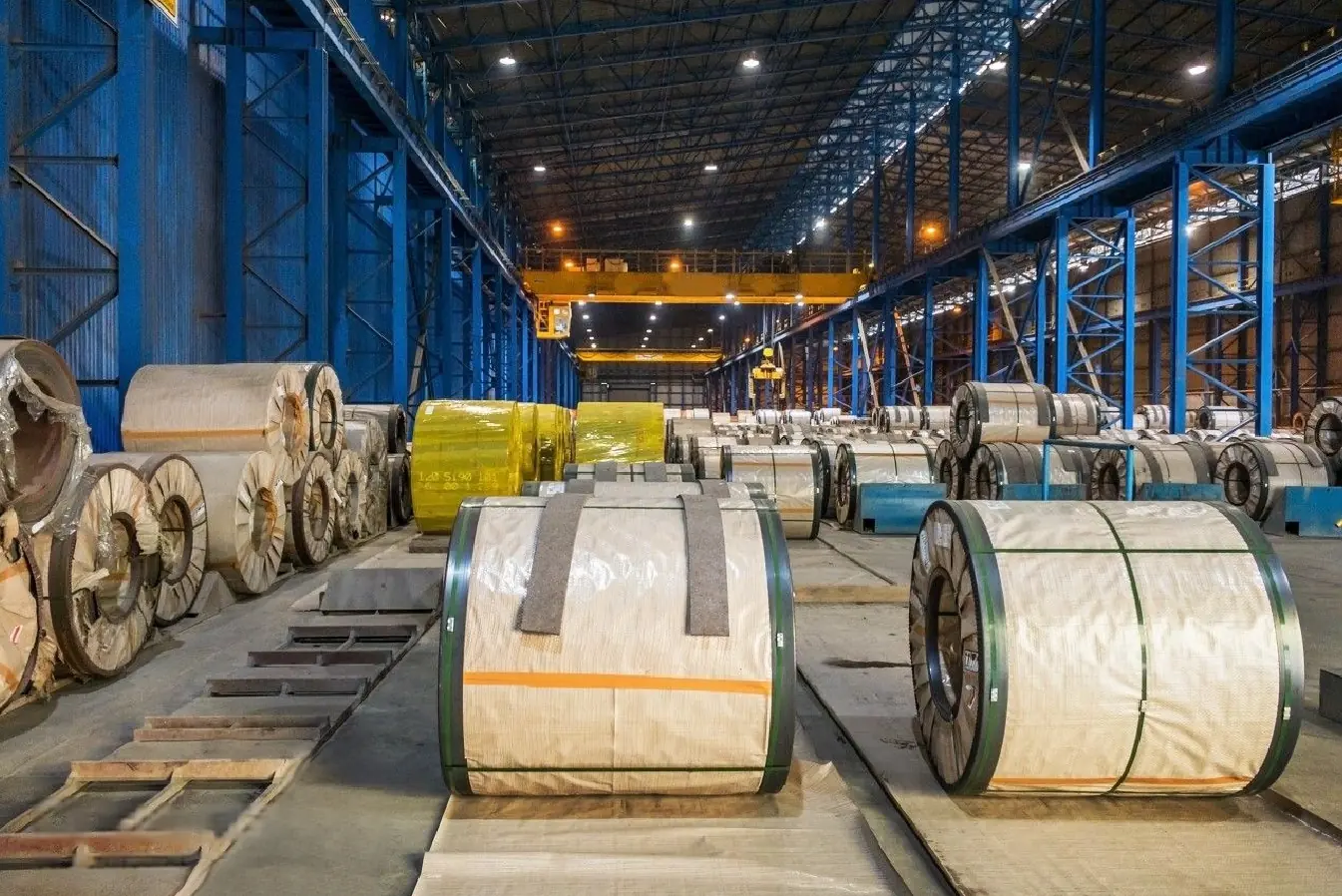
The days of relying solely on phone calls and emails are over. Today's most effective international traders are digitally savvy. They use technology to provide real-time tracking, manage inventory efficiently, and streamline communication. This is a massive opportunity. By partnering with a trader who has embraced this digital transformation[^1], you're not just getting a sales channel; you're getting an integrated logistics partner. This synergy is a core part of MFY's vision. We actively seek partners who can plug into our digital ecosystem, creating a transparent and efficient supply chain from our mill directly to the end-user's factory floor. This is about more than just convenience; it's a powerful competitive advantage. It allows us to offer the reliability and speed that modern manufacturers and construction contractors demand.
Leveraging Modern Trade Dynamics
To stay ahead, you must align with partners who are at the forefront of these trends.
-
H3: The Rise of the Agile Logistics Framework
Today's clients expect speed and flexibility. A partner with an agile logistics framework[^2] can adapt to sudden changes in demand, reroute shipments to avoid delays, and offer customized delivery solutions. This is especially critical in the stainless steel industry, where project timelines are tight. We look for partners who have established relationships with multiple freight forwarders and have robust local warehousing, enabling them to act as a buffer and ensure just-in-time delivery. -
H3: The Value of Integrated Services
The best partners do more than just trade. They offer a suite of services, including customs clearance, local financing options, and even basic processing or finishing. This creates a one-stop-shop experience for the end customer, making your product offering much more attractive. A partner who can handle the complexities of local regulations and provide value-added services is an invaluable asset for penetrating new markets and building a loyal customer base.
What Are the Main Challenges in Forming International Trade Partnerships?
Finding a partner is easy; finding the right one is hard. Many promising partnerships fail. Acknowledging the potential pitfalls upfront is the first step to avoiding them.
The main challenges in forming international trade partnerships include misalignment of strategic goals, cultural and communication barriers, lack of transparency in operations and pricing, and difficulties in ensuring compliance with local and international regulations.
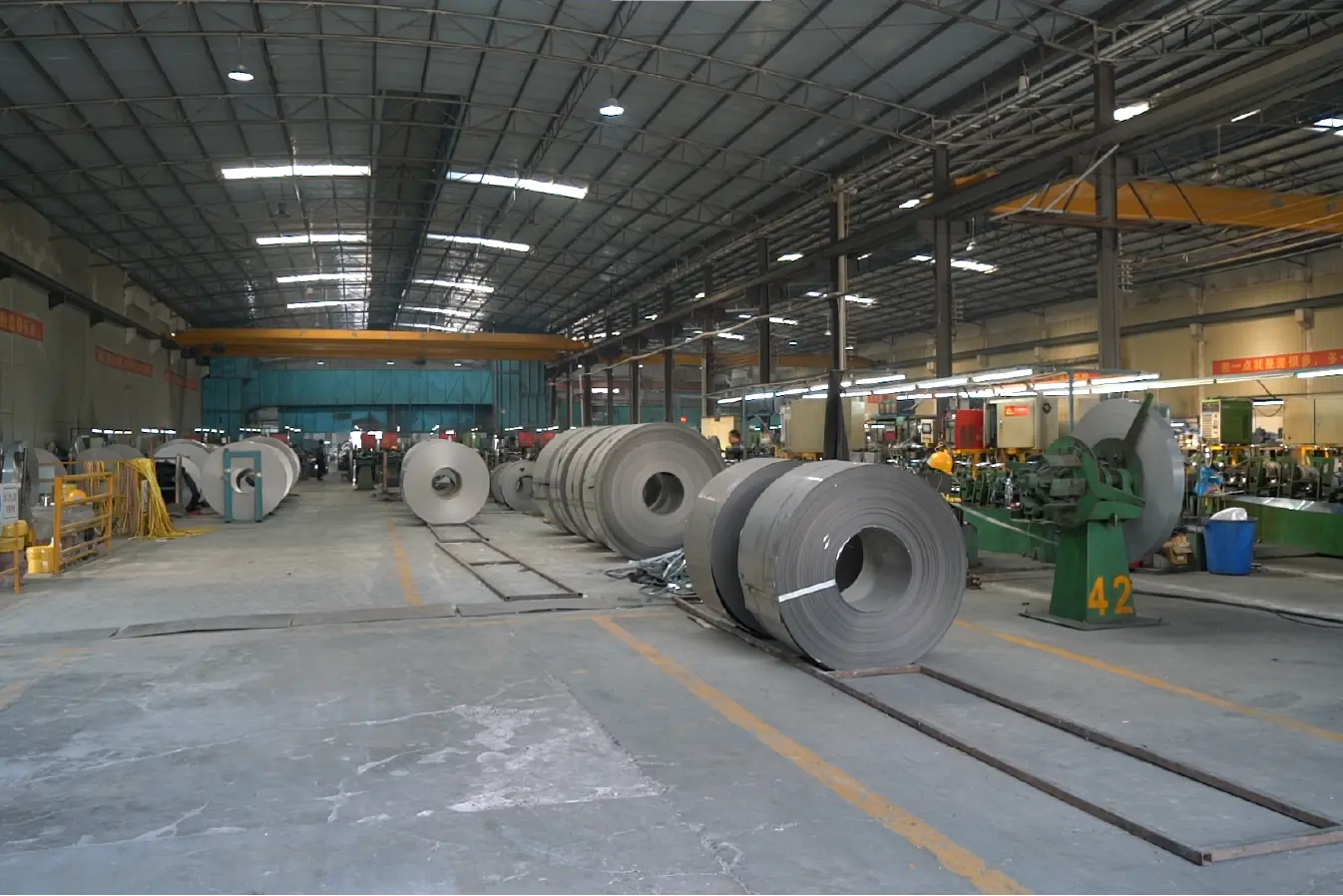
I've seen it happen too many times. A company rushes into a partnership based on a promising first meeting, only to find out months later that their goals are fundamentally misaligned. One party is focused on long-term brand building, while the other is chasing short-term volume at any cost. This friction is inevitable if you don't address the tough questions from the very beginning. I recall a situation with a potential distributor in the Middle East. Their network was impressive, but during due diligence, we realized their business ethics didn't align with MFY's core values of transparency and long-term trust. We walked away. It was a difficult decision, but it saved us from a partnership that was destined to fail and potentially damage our reputation.
Common Pitfalls and How to Spot Them
Understanding these challenges is key to developing a robust vetting process.
-
H3: Strategic Misalignment
This is the most common killer of partnerships. Does the potential partner share your vision for quality, customer service, and market positioning? Or are they just looking for the cheapest possible product to move? You must have open conversations about long-term objectives. Look for a partner who is interested in co-investing in marketing and brand development, not just placing orders. -
H3: Lack of Transparency
If a potential partner is hesitant to share information about their operations, customer base, or pricing structure, consider it a major red flag. A true partnership is built on trust, and trust requires transparency. This is where a fully integrated supply chain like ours at MFY becomes a strength; we can offer our partners complete visibility, and we expect the same in return. -
H3: Underestimating Cultural Gaps
Business is conducted differently around the world. A direct, data-driven approach that works in Germany might be seen as abrasive in Japan. A successful partnership requires cultural intelligence and a willingness to adapt communication styles. It's about finding a common ground where both parties feel respected and understood.
How Can You Overcome These Partnership Challenges in Global Trade?
Identifying challenges is only half the battle. You need a proactive strategy. Overcoming these hurdles requires diligence, clear communication, and a well-defined framework for the partnership.
Overcome partnership challenges by conducting thorough due diligence, establishing clear and mutually agreed-upon KPIs, fostering open communication channels, and creating a flexible yet comprehensive partnership agreement that outlines roles, responsibilities, and conflict resolution mechanisms.

The solution to partnership challenges isn't a secret formula; it's a commitment to process and discipline. It starts with treating the selection of a partner with the same rigor you'd apply to a major acquisition. At MFY, our process is multi-layered. We don't just look at a company's financials. We talk to their customers. We assess their digital capabilities. We visit their facilities. This comprehensive due diligence process minimizes surprises down the road. Furthermore, we believe in setting clear expectations from day one. We co-create a business plan with our partners, defining what success looks like for both of us. This shared vision acts as our north star, guiding our decisions and helping us navigate the inevitable bumps in the road.
A Framework for Building Resilient Partnerships
A structured approach can turn potential conflicts into opportunities for growth.
| Challenge | Strategic Solution |
|---|---|
| Misalignment of Goals | Develop a joint business plan with shared KPIs for sales, market share, and customer satisfaction. Review it quarterly. |
| Lack of Transparency | Implement a shared digital platform for order tracking, inventory management, and sales reporting. Mandate regular, data-driven performance reviews. |
| Cultural Barriers | Invest in cross-cultural training for your team. Appoint a dedicated relationship manager who can act as a bridge between the two organizations. |
| Compliance & Legal Risk | Engage local legal and financial experts to vet the partner and structure the agreement. Ensure the partner has a proven track record of compliance. |
This proactive framework transforms the partnership from a simple transactional relationship into a strategic alliance built for long-term, sustainable growth.
What is the Best Technical Advice for a Successful International Trader Collaboration?
Moving from strategy to execution requires concrete action. Success lies in the details. You need a technical and operational plan that supports your strategic goals and fosters a seamless collaboration.
The best technical advice is to establish a robust legal framework, integrate technology for transparent communication and data sharing, and create a clear operational playbook that defines everything from ordering processes to marketing co-investments.
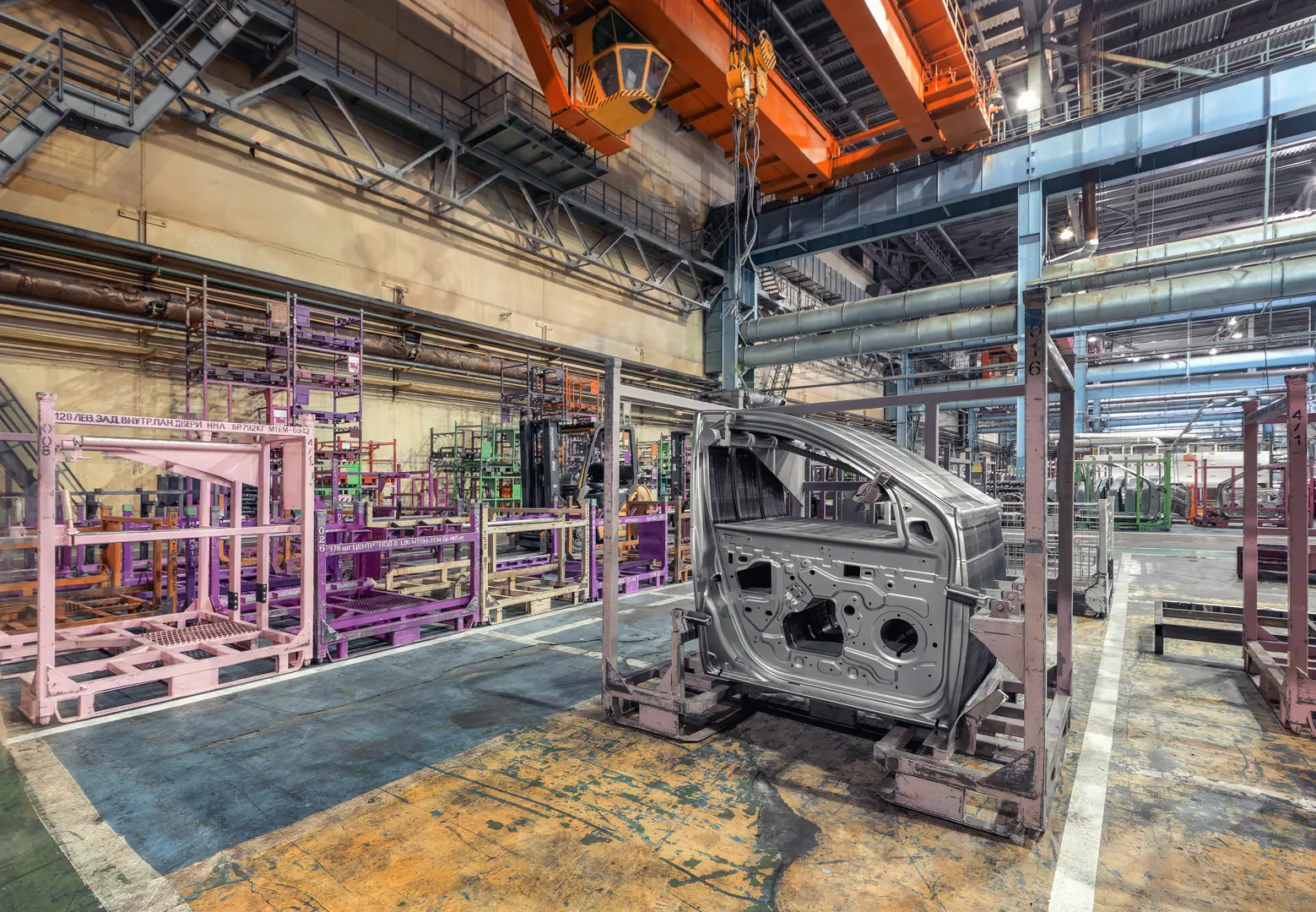
Once we've identified the right partner, the real work begins. It’s about building the operational and technical scaffolding that will support the relationship. I always tell my team that the partnership agreement is not a document to be signed and filed away; it's a living playbook for our collaboration. It needs to be detailed. It should cover everything from quality control protocols to payment terms and marketing fund allocation. At MFY, we leverage our digital infrastructure to make this collaboration seamless. We provide our partners with access to a portal where they can view real-time production status, check inventory levels, and access technical data sheets. This level of integration removes friction and builds a deep sense of trust. It transforms the relationship from a simple buyer-seller dynamic into a true, integrated partnership.
Actionable Steps for Implementation
Here are three critical technical areas to focus on.
-
H3: The Contractual Framework
Your partnership agreement must be comprehensive. Don't rely on a generic template. Work with legal counsel who understands international trade. The agreement should clearly define exclusivity (if any), territories, performance expectations, termination clauses, and intellectual property rights. A well-drafted contract prevents future misunderstandings. -
H3: Technology Integration
In today's market, technology is the glue that holds a partnership together. At a minimum, you should have a shared system for placing orders and tracking shipments. For a deeper partnership, consider integrating ERP systems[^3] for real-time visibility into inventory and sales data. This allows for proactive planning and a more responsive supply chain. -
H3: The Operational Playbook
This document details the day-to-day workings of the partnership. Who is the primary contact for logistics? How are customer service inquiries handled? What is the process for a joint marketing campaign? Defining these workflows from the start ensures smooth, efficient execution and a consistent brand experience in the new market.
Conclusion
Strategic partnerships with international traders are not just a tactic; they are a cornerstone of modern global expansion. By choosing partners with deep local insight and agile capabilities, and by building a relationship on a foundation of transparency and shared goals, you can build a resilient and truly global presence.
Have Questions or Need More Information?
Get in touch with us for personalized assistance and expert advice.
